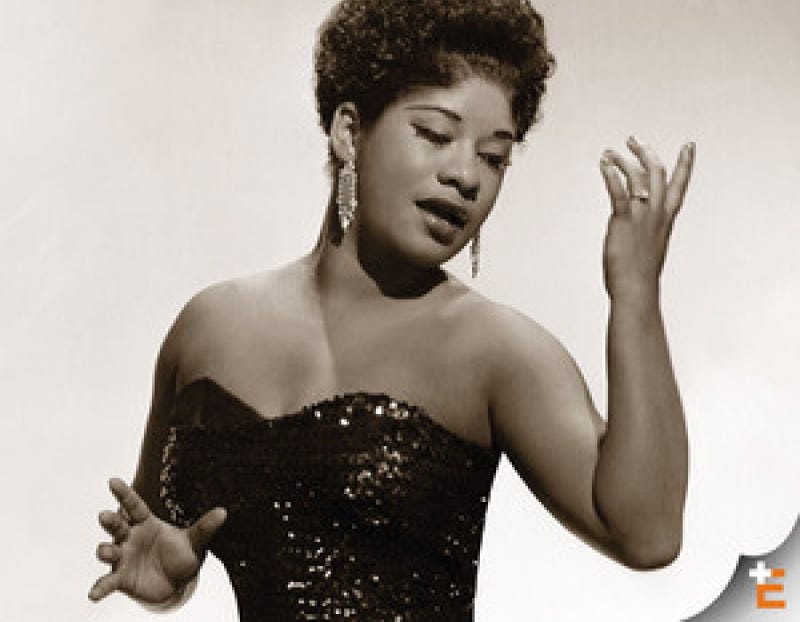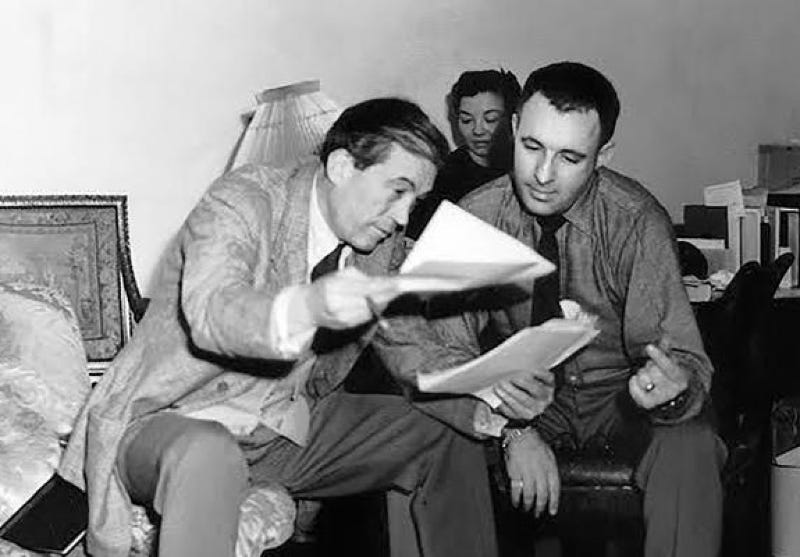The Texas doctor and the four imprisoned Saudi princesses
From the New Yorker: "Dwight Burdick, a private physician to the Saudi royal family, was on a rotation at the King’s palace, in Jeddah, when he got an urgent summons. Princess Hala, a daughter of King Abdullah bin Abdulaziz Al Saud, had gone wild with a knife. Burdick was asked to enter her quarters and forcibly sedate her. Burdick, a lifelong peacenik with a neat white beard, had moved to Saudi Arabia from Texas in the mid-nineties. He had served for years on the King’s personal medical detail, but had never before encountered Princess Hala. The request to drug her alarmed him—forced sedation was a “violation of my professional ethics,” he said—but he was curious. Though he admired Abdullah, he knew little about the lives of the ruler’s daughters."
She was an R&B legend but it took her 30 years to get the royalties she deserved
NPR: "Ruth Brown was R&B's first major star. It was 1949 when Billboard changed the name of its Race Music category to Rhythm and Blues — the same year Brown released her first single. She was required to pay for touring and recording costs out of pocket and when Atlantic ended their professional relationship in the early 1960s, Brown had no savings to fall back on. She moved to Long Island, New York, and spent a decade and a half working a series of low-paying jobs, often as a single mother. But in 1976, her career was revitalized when she performed the role of Mahalia Jackson in a production of the musical Selma. She used her new fame to leverage Atlantic Records into paying her back royalties — and she didn't stop there. The deal she cut with the label also allowed dozens of other musicians to recoup their earnings as well."
When Ray Bradbury and John Huston clashed over the screenplay for Moby Dick
From the LA Review of Books: "After months of working together closely, Bradbury writing pages and bringing them each night to Huston, the relationship between the two men had frayed. When Bradbury arrived in London, he found that Huston would barely speak to him. The tension was nearly unbearable. One night at dinner, Bradbury reached his passive-aggressive flash point. Seated at a table in a London restaurant, Huston and Bradbury were joined by a large group, including the writer Peter Viertel and the filmmaker Jack Clayton, who would be an associate producer on Moby Dick. Huston made fun of Bradbury’s journalist friends back in Dublin, and Bradbury was done with it. “John,” he said, and Huston glanced over at him. “Fuck you.”
This New York City prison barge was built to hold over 800 prisoners
From Wikipedia: "The Vernon C. Bain Correctional Center, nicknamed "The Boat," was an 800-bed jail barge or prison ship that was used to hold inmates for the New York City Department of Corrections. The barge was anchored off the Bronx's southern shore, across from Rikers Island, near Hunts Point. It was built for $161 million at Avondale Shipyard in Louisiana, near New Orleans, and brought to New York in 1992 to reduce overcrowding in the island's land-bound buildings for a lower price. It was designed to handle inmates from medium- to maximum-security in 16 dormitories and 100 cells and was at one time named the world's largest prison barge by Guinness World Records."
This Irish mathematical genius carved his theorem into the side of a bridge
From Science Alert: "On October 16 1843, the Irish mathematician William Rowan Hamilton had an epiphany during a walk alongside Dublin's Royal Canal. He was so excited he took out his penknife and carved his discovery right then and there on Broome Bridge. It is the most famous graffiti in mathematical history. Hamilton's revelation changed the way mathematicians represent information. And this, in turn, made myriad technical applications simpler – from calculating forces when designing a bridge, an MRI machine or a wind turbine, to programming search engines and orienting a rover on Mars."
Beachgoers get up close and personal with a cassowary, Australia's "murder chicken"
Acknowledgements: I find a lot of these links myself, but I also get some from other newsletters that I rely on as "serendipity engines," such as The Morning News from Rosecrans Baldwin and Andrew Womack, Jodi Ettenberg's Curious About Everything, Dan Lewis's Now I Know, Robert Cottrell and Caroline Crampton's The Browser, Clive Thompson's Linkfest, Noah Brier and Colin Nagy's Why Is This Interesting, Maria Popova's The Marginalian, Sheehan Quirke AKA The Cultural Tutor, the Smithsonian magazine, and JSTOR Daily. If you come across something interesting that you think should be included here, please feel free to email me at mathew @ mathewingram dot com








